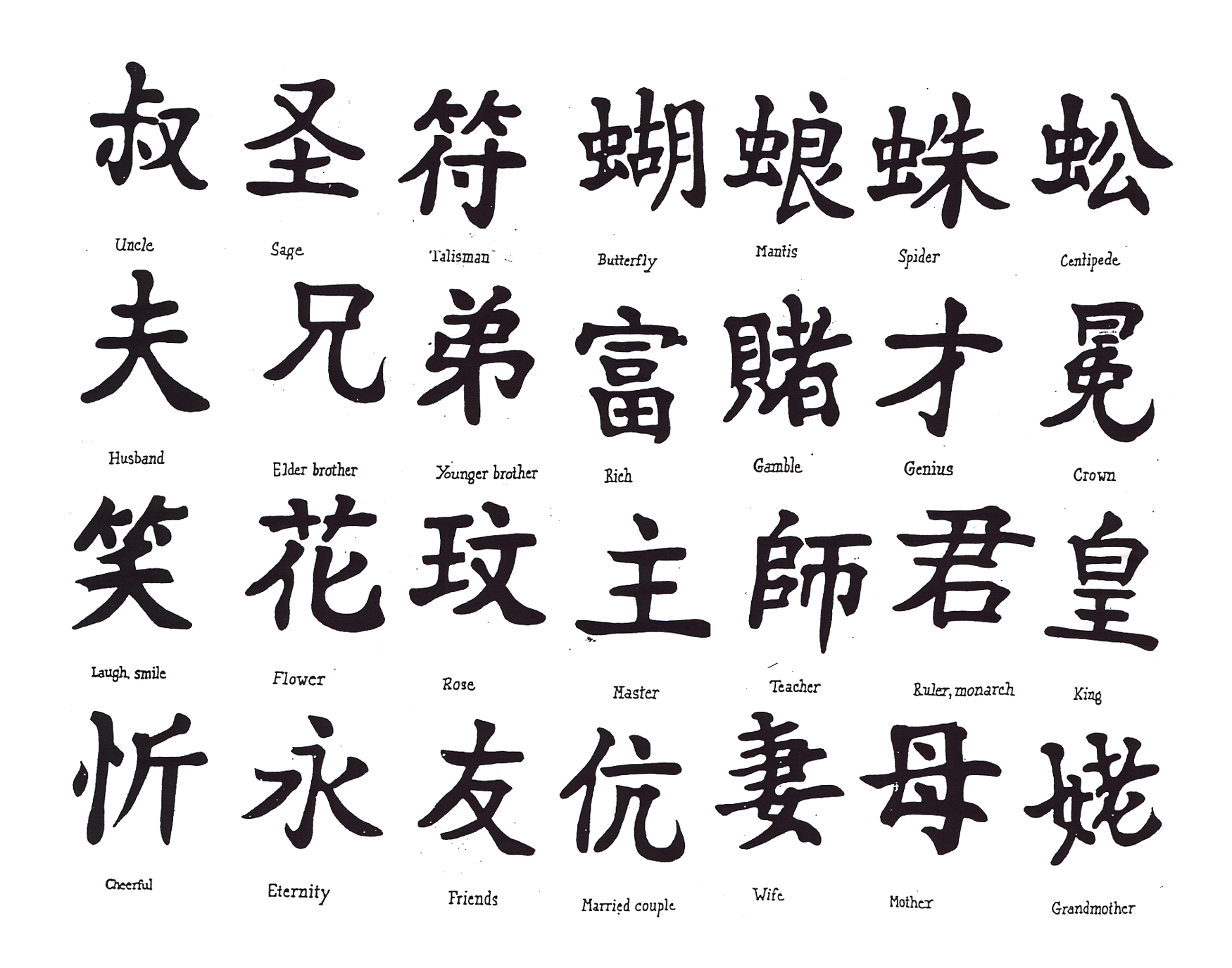

Most commonly used in indicating a period of months, for example, 一ヶ月 "one month", or in place names. Santen leader ( 三点リーダ, "three-dot leader")Ī line of dots corresponding to one half of a Japanese ellipsis also used as an ellipsis informallyĪ simplified version of the kanji 箇 (the generic counter). In horizontal writing and on computers, the fullwidth tilde ~ (FF5E) is often used instead. Used in "to from" constructions in Japanese, such as 月〜金曜日 "from Monday to Friday". In this context, it refers that the sushi is pickled, and it is still pronounced shime. This character is also commonly used in regards to sushi. The character originated as a cursive form of ト, the top component of 占 (as in 占める shimeru), and was then applied to other kanji of the same pronunciation. A variant 乄 is used as well, to indicate that a letter is closed, as abbreviation of 閉め. It is also used, less commonly, for other shime namely 閉め, 絞め and 占め. This character is used to write 締め shime in 締め切り/締切 shimekiri ("deadline") (as 〆切) and similar things. It is also rarely used to separate given and family names, though the middle dot ( nakaguro) is much more common in these cases. Sometimes replaces an English en dash or hyphen when writing foreign words in katakana. This symbol is known as an interpunct in English.ĭaburu haifun ( ダブルハイフン, "double hyphen") For example, if " ビルゲイツ" 'BillGates' is written instead of " ビル・ゲイツ" 'Bill Gates', a Japanese person unfamiliar with the names might have difficulty understanding which part represents the given name and which one represents the surname. Used to separate foreign words and items in lists.
Conji symbol full#
Japanese equivalent of full stop or period. Used with hiragana and katakana to indicate a change from a hahifuheho sound to a papipupepo sound. For example, ta ( た) becomes da ( だ), shi ( し) becomes ji ( じ).

Used with both hiragana and katakana to indicate a voiced sound. The direction of writing depends on the direction of text. Referred to as Lenticular brackets in English.ĭoubles the sound of the next consonant. Used in headings, for example in dictionary definitions Nijūyamagata ( 二重山がた, "double hill-shaped ") Nijūyamagakko ( 二重山括弧, "double hill brackets") The name gyume is phonetically guillemets Nijūpāren ( 二重パーレン, "double parentheses") Japanese version of double quotes, often used when indicating titles Nijūkagikakko ( 二重鉤括弧, "double hook brackets") Kagi ( 鉤, "hook") (not to be confused with kagi ( 鍵, "key")) It means repeat the previous two or more kana. Repetition mark used in vertical writing. Kana vertical repetition mark with a dakuten The name originates from resemblance to two katakana no characters ( ノノ). For example, はば ( haba) could be written はゞ.ĭitto mark. Hiragana iteration mark with a dakuten (voiced consonant). For example, はは ( haha) could be written はゝ. Katakana iteration mark with a dakuten (voiced consonant)


 0 kommentar(er)
0 kommentar(er)
